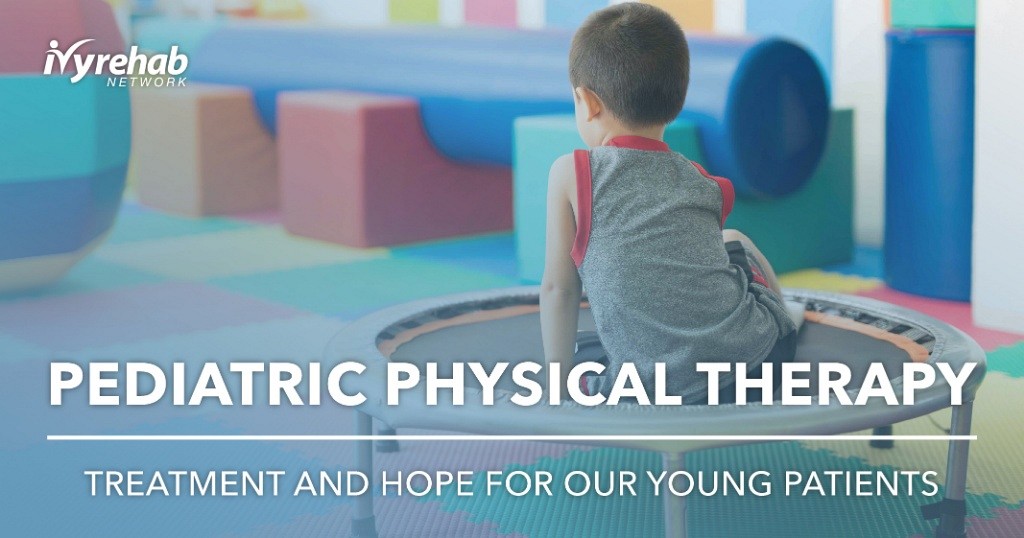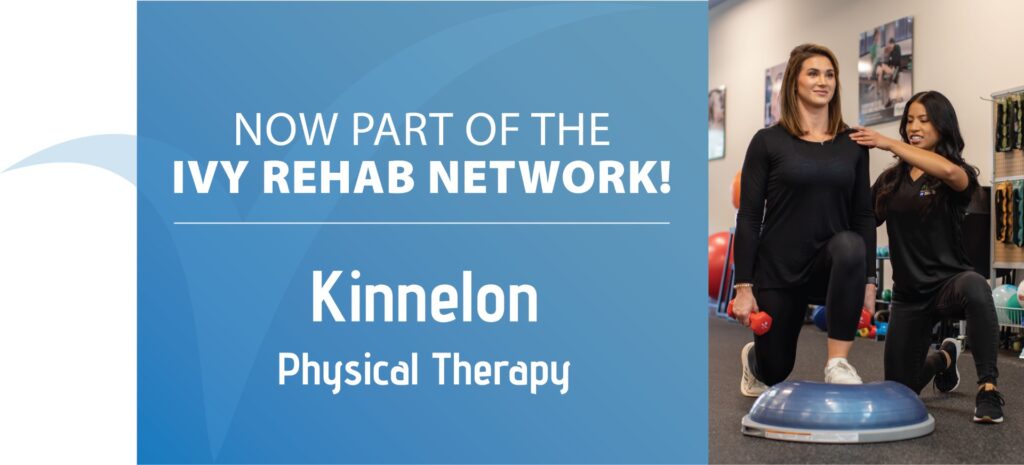When 6-month-old Kacey Diaz came to Southeastern Therapy for Kids’ Kempsville clinic for therapy, she had an initial referral for torticollis and made good progress. But therapist Janice Barrera, PT, DPT, noticed she had delays in gross motor skills and recommended continued therapy. Kacey required more than three years of pediatric physical therapy to learn to crawl, then pull up to stand, walk and take off running and jumping like normal, active toddlers.
Today, she is a vibrant and thriving 8-year-old thanks to pediatric physical therapy and a testament to the benefits of early intervention. “She is excelling,” Barrera said. “You would never know she had any speech delays or gross motor delays at all.”Barrera specializes in outpatient pediatric care at Southeastern Therapy for Kids Kempsville clinic and joined the clinic in March 2011. Barrera works with infants as young as a few days old to toddlers and children and adults with developmental delays or neurological disorders.
Pediatric Physical Therapy
Many young patients referred to PT have cerebral palsy, autism, Down syndrome, spina bifida, and other neuromuscular or musculoskeletal conditions. Infants often have hypotonia, torticollis, plagiocephaly, or other physical injuries related to childbirth. In general, pediatric physical therapists work on improving gross motor skills, which involve large muscle groups and help with mobility, coordination, and balance. PTs help infants learn to roll, crawl, sit, and walk. For older children, therapy may involve learning to ride a bicycle or improve balance and strength. It also addresses deficiencies in movement patterns such as running, catching or throwing a ball or walking up and downstairs.
“Our main goal is to get these kids who come in to see us participate fully with their peers and keep up with kids their age,” Barrera said. While many patients are referred by their doctor, Ivy Rehab partner clinics also offer free screenings or parents can seek out PT on their own in direct access states. The earlier a young patient starts PT, the better the outcome. Therapy can last for a few months or several years. “That early treatment is going to make a huge difference for every kid that we see,” Barrera said.
Early and Ongoing Therapy
As the mother of an infant, Deborah Diaz didn’t know a lot about torticollis, a condition where the neck tends to twist to one side causing head tilt. In newborns and infants, torticollis is usually due to positioning in the womb or related to difficult childbirth. Pediatric physical therapy helped Kacey overcome her struggles through a variety of different stretches and exercises.
“We were also taught how to do the assigned stretches, so we could do them at home to ensure our daughter would progress in her treatment,” Deborah said. “Once the torticollis was resolved, Ms. Janice wasted no time in helping our daughter catch up and achieve her developmental milestones such as strengthening her muscles and walking.” Kacey also needed eye surgery due to the torticollis, which contributed to her gross motor delays, Barrera said. Progress was slow at first. Kacey’s stubbornness forced Barrera to get creative with her therapy sessions.
“That’s the biggest thing with pediatrics, tricking the kids into doing what you want them to do,” Barrera said. “Once she realized that pediatric physical therapy was going to be fun, and it was a lot of games, then she was more willing to do the activities and the games that we were playing and she just started making progress so quickly.”
Barrera worked with the Diaz family for several years and said Kacey started out significantly delayed. She had global apraxia and difficulty with her speech, so she also needed speech therapy. “Once it all clicked, she learned the skills quickly and was then running, jumping, kicking, and hopping along with the other kids her age,” Barrera said. Kacey was discharged from PT at 4 years old, after continually surpassing her goals and mastering age-appropriate skills. Mom Deborah credits Barrera’s friendly and professional demeanor, and effective plan of care, for getting Kacey up to speed.
She continues to thrive and keep pace with her friends. “Kacey, at times, could be stubborn, but Ms. Janice’s creative and structured sessions helped Kacey stay engaged and motivated,” Deborah said. “We are forever grateful for Ms. Janice for surpassing my expectations and contributing to Kacey’s success.”
Seth Sees the World through an Adaptive Bicycle
Barrera said the most rewarding aspect of her job is seeing the progress that her patients make, along with helping ease the stress on families. Another patient, 7-year-old Seth, has spina bifida and many health complications due to his weakened immune system. Being wheelchair-bound and fed by a g-tube, and his need for various therapies and surgeries prevents him from doing activities that his peers, and even his family, are doing. He doesn’t often get to go outside and just enjoy the sunshine, Barrera said. Before Seth got too big, his mom would attach him to a carrier on the back of the bicycle and they could go on family bike rides. As Seth got older, this became more difficult and soon impossible. Barrera let her know about adaptive bicycles that can even accommodate kids who can’t pedal and gave the family freedom again.
“Seth is able to sit upright with the assistance of a harness and has his legs strapped to the pedals while mom rides tandem and pedals for him,” Barrera said. “He sits in front and gets to see the world fly by him with the wind in his hair.” Don’t worry; he’s wearing a helmet – and a big smile while riding his bike and being with his family! The regular activity and sitting upright also helps him stay healthier for longer periods of time. Being on the bike keeps his lungs free from fluids, assists with sitting balance and bowel production, and maintains range of motion in the legs, Barrera said.
The adaptive bicycle was only one component of therapy. Barrera has worked with the family for years, and Seth’s treatment plan included working with him on sitting and balance skills, learning to dress, propel his wheelchair, and general daily living skills. “With spina bifida, he is never going to be at that age-appropriate level with his peers,” Barrera said. “But we make some goals; we’ll come up with the goals based on what the parents feel like they need to work on at home.”
Babies with Birth Injuries
Many parents, as well as physicians, don’t realize PT is appropriate and beneficial for babies. Barrera cites the success of a 10-day-old with a brachial plexus injury from prolonged labor and getting stuck in the birth canal. PT provided a lot of education for the parents who were nervous and worried, especially since this was their first child. Barrera taught the parents how to passively stretch his arm to maintain motion, but not cause further injury.
She also showed them how to provide various sensations to the arm, and how to work on gross motor/play skills for a newborn to improve weight-bearing, strengthening and proprioceptive input. The patient quickly progressed with the upper extremity position, was able to maintain a full range of motion, and gained full active movement. He went on to achieve all gross motor skills on time. Early treatment for the newborn meant that he didn’t need a long plan of care and required no additional services, Barrera said.”He just always stuck out to me because he’s the youngest patient I have had and recovered so quickly because he got in so soon,” she said. “I wish all doctors would send infants to me that soon if they have a birth injury.”
PT Changes Young Lives
Pediatric Physical Therapy focuses on play-based sessions designed around the child’s interests. Games, puzzles, toy cars, tricycles, scooter boards, balance beams, crash pads, exercise bands, and balls are part of a therapist’s arsenal.”All of the therapy I do is play-based from the infants to the older kids,” Barrera said. “That is what makes them want to come back more and more; it makes them more motivated to be here and make progress.”
Barrera has had a heart for children and adults with developmental disabilities ever since she worked at a camp during the summer of her eighth-grade year. She knew immediately she wanted a career where she could work closely with these super special friends, and she followed her mom’s suggestion to consider physical therapy. Barrera has a bachelor’s degree in exercise physiology and a doctorate in physical therapy from West Virginia University. As a registered yoga teacher, she enjoys incorporating therapeutic yoga into treatment sessions and teaching group therapeutic yoga classes to children. She loves hearing success stories of children being able to walk around the neighborhood, go trick-or-treating, ride a bike, or play on the playground with their peers. It’s rewarding work, especially watching families get super excited when their child walks, crawls, or sits up on their own.
“A lot of these things, the parents never imagined their kids would be able to do,” she said. “That is why I do what I do and what makes me love this job!”
If your child is experiencing a developmental delay, chronic illness, or birth-related injury, contact an Ivy Rehab clinic about specialized pediatric physical therapy services. Caring and highly trained therapists work one-on-one with pediatric patients to help them, encourage progress, and form lasting bonds. Don’t delay! Put your child on the path to living a more confident and independent life. We’re here for you!





